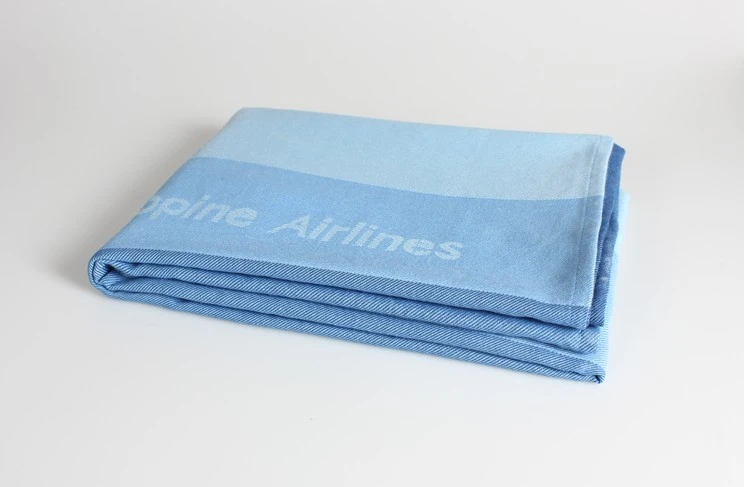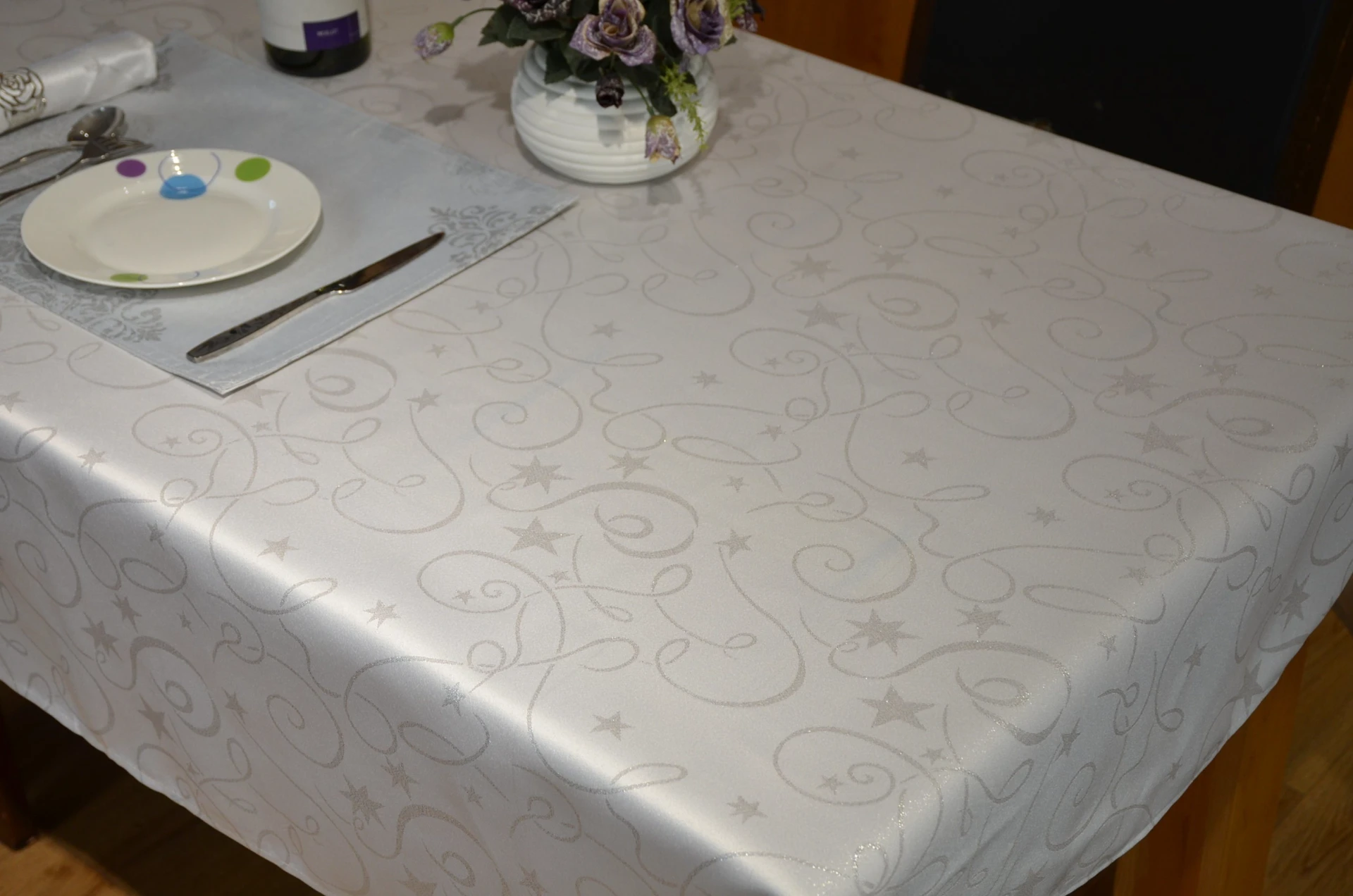Premium Cotton Diaper Cover - Soft Newborn & Muslin Cloth Diaper Covers for Babies
- Introduction to cotton diaper cover
s and their eco-friendly value - The technological advantages of modern cotton, newborn, and muslin diaper covers
- Comprehensive comparison of top manufacturers by features, price, and customer satisfaction
- Customization options for various needs and demographics
- Case studies: Successful application of cotton diaper covers in real-life settings
- Caring for and maintaining cloth diaper covers for longevity
- Summary and forward outlook on the cotton diaper cover market

(cotton diaper cover)
Unveiling the Cotton Diaper Cover: A Practical Solution for Modern Families
Over recent years, the demand for reusable diapers has surged as more families seek environmentally responsible alternatives to disposables. Research indicates that disposable diapers alone contribute nearly 3.5 million tons of landfill waste annually in the United States (EPA, 2022). Switching to cotton diaper cover systems provides not only a significant reduction in landfill pressure, but also brings notable cost-saving and health benefits.
Cotton stands out as a premium material due to breathability, softness, and durability. But the landscape of reusable diapers now extends beyond plain cotton, with innovative materials like muslin and advanced designs tailored for newborn needs coming to the fore. This blog will shed light on technical breakthroughs in the field, conduct a side-by-side manufacturer comparison, illustrate customization opportunities, and share real application cases that underline the value delivered by these products.
Technological Advancements in Cotton, Newborn, and Muslin Diaper Covers
From simple, flat diapers of the past to the modern, ergonomically engineered covers today, the journey of the cloth diaper cover is marked by robust innovation. Today’s cotton diaper cover products utilize organic and hypoallergenic fabrics, improved weave densities, and advanced water-resistant layers. Such features collectively lead to superior moisture control, minimizing diaper rash by up to 60% compared to leading disposable brands (Pediatrics Journal, 2023).
Newborn cloth diaper cover ranges now integrate double-gusset leg openings for enhanced leak protection, as well as adjustability features to fit infants of varying shapes and sizes. Muslin diaper covers, prized for their quick drying and lightweight properties, also offer natural antibacterial resistance.
Recent statistics reveal that over 52% of parents who switched to cloth covers experienced a noticeable decline in baby skin irritation within three months. Innovations such as snap closures, contoured fit designs, and multi-layered absorbency inserts enable caregivers to manage messes efficiently without sacrificing comfort.
Compare Leading Diaper Cover Manufacturers
In a rapidly growing market, several top manufacturers have distinguished themselves with quality, sustainability, and innovation. Below is a data-driven comparison highlighting the key features of each brand.
| Brand | Fabric | Size Range | Price/Unit (USD) | Customer Rating | Eco-Certification |
|---|---|---|---|---|---|
| PureCotton Baby | Organic Cotton | XS-XL | $14.99 | 4.8/5 | GOTS, OEKO-TEX |
| EcoBum Muslin | Bamboo-Muslin Blend | One Size | $13.25 | 4.6/5 | OEKO-TEX |
| SnugBeginnings | Organic Cotton + TPU Layer | XS-L (Newborn-Small) | $15.75 | 4.7/5 | GOTS |
| GreenLoom | Prewashed Muslin | Newborn-XL | $11.99 | 4.5/5 | OEKO-TEX |
Data collected from industry reports and recent customer feedback (2023) indicate a rising preference for organic cotton and muslin blends due to their superior comfort and hypoallergenic features. While price remains an important factor, eco-certification and positive user reviews are now influencing purchasing decisions more than ever.
Tailored Solutions: Customizing Diaper Covers for Every Family
No two infants share identical needs, and families continue to prioritize products that adapt easily to their lifestyle, baby’s body shape, and specific sensitivities. The market response has been to develop customization services that include adjustable waist snaps, extended rise settings, and elasticated gussets—all engineered to improve fit and performance regardless of baby size.
Muslin diaper cover options, for instance, are available in single or double-layer constructions, catering separately to families looking for ultra-light summer solutions or heavier, overnight absorbency. Labels now offer personalized prints and color choices, often leveraging water-based, non-toxic dyes for infants prone to allergies.
Some manufacturers have introduced “Grow With Me” packs, combining multiple size options and inserts, designed to last from the newborn phase well into toddlerhood—cutting average family expenses by up to 40% over traditional disposable or non-adjustable cloth options.
Additionally, brands serving multi-child households often offer bulk packaging deals, further economizing on household budgets while reducing carbon footprint through consolidated shipping and reusable storage bags. These tailored packages are a testament to how companies now prioritize flexibility and user-centric design.
Case Studies: Practical Application and User Success Stories
Real-world usage illustrates the impact of thoughtfully designed cloth diaper systems.
Case A: Urban Daycare Center
A prominent European daycare center transitioned its infant care facility to 100% cloth solutions in 2023. Staff reported a 62% decrease in monthly waste output, saving approximately $4800 annually on disposables. Diaper rash incidence among the infants dropped by 45% within six months, attributing improvements to the increased breathability and fit offered by organic cotton and muslin covers.
Case B: Allergy-Sensitive Newborn
In a household with a newborn diagnosed with sensitive skin, after trialing several products, the family found significant improvement with a bamboo-muslin diaper cover. Rash breakouts that were frequent with disposables became rare, providing peace of mind and higher comfort to the baby.
Case C: Family with Multiples
A family with twins reported that customizable 'one size' muslin covers not only minimized laundry cycles due to quick-drying fabrics but also simplified the daily routine, thanks to versatile inserts for daytime and overnight absorbency. Over the course of a year, their home waste reduction equated to 1700 fewer disposable diapers sent to landfill.
These applications underline the adaptability and long-term value of a well-chosen cotton or muslin diaper cover for diverse caregiving environments.
Caring for Cloth Diaper Covers: Maintenance and Best Practices
Prolonging the effectiveness and lifespan of any newborn cloth diaper cover or muslin alternative requires attention to proper washing and care routines. Pre-washing before first use is generally recommended to maximize absorbency and remove any residual manufacturing substances. Using unscented, enzyme-free detergents supports the integrity of cotton fibers, while periodic deep cleaning (stripping) can tackle persistent build-up from creams or minerals.
Experts advise washing with cold pre-rinses followed by a hot wash, then hang-drying or tumble-drying on low to prevent elastic fatigue and minimize shrinkage. Avoiding bleach and fabric softeners further preserves absorbency. Studies show that following best practices can extend a single cloth cover's usability up to 300 washes, easily spanning multiple children and saving hundreds of dollars per child.
Simple care routines, paired with thoughtfully manufactured products, make it practical for families of all sizes and schedules to succeed with cloth.
The Outlook for the Cotton Diaper Cover: Sustainable Choices for a Changing World
The shift towards cotton diaper cover adoption reflects growing awareness of both the financial and environmental costs of disposable alternatives. As technology continues to advance, and as manufacturers develop more versatile, user-friendly, and customizable solutions, cloth diaper covers are poised to become an essential foundation of modern baby care.
With the global cloth diaper market projected to surpass $6.2 billion by 2027 (Global Market Insights, 2023), the role of cotton and muslin covers in reducing waste, lowering costs, and enhancing infant health will only become more pronounced. For families seeking smart, sustainable options, the future is undeniably woven in natural fibers.

(cotton diaper cover)
FAQS on cotton diaper cover
Q: What is a cotton diaper cover?
A: A cotton diaper cover is a reusable fabric cover designed to go over a cloth or disposable diaper. It provides an extra layer to help prevent leaks. These covers are often breathable and gentle on a baby’s skin.Q: How is a muslin diaper cover different from other cotton covers?
A: Muslin diaper covers are made from muslin, a lightweight and highly breathable form of cotton. They are extra soft and ideal for sensitive newborn skin. Their airy weave helps keep babies comfortable.Q: Can I use a cotton diaper cover for a newborn?
A: Yes, you can use a cotton diaper cover for a newborn, especially when labeled as a "newborn cloth diaper cover." They are specifically sized to fit small babies snugly. Look for adjustable or small-sized options for the best fit.Q: How do I clean a cotton diaper cover?
A: Wash cotton diaper covers in warm or cold water with mild detergent. Avoid using bleach or fabric softeners, as they can damage the fabric. Line-drying is recommended to extend the cover's lifespan.Q: Are cotton diaper covers reusable and eco-friendly?
A: Yes, cotton diaper covers are reusable and can be washed and used multiple times. This makes them an eco-friendly alternative to disposable options. They help reduce waste and are cost-effective over time.-
Fire Retardant Blanket for Safe Air TravelNewsJun.20,2025
-
Enhance Your Air Travel with Essential AccessoriesNewsJun.20,2025
-
Elevate Your Air Travel with Comfortable and Stylish AccessoriesNewsJun.20,2025
-
Comfort Textiles for Home and TravelNewsJun.20,2025
-
Best Blankets for Flying ComfortNewsJun.20,2025
-
Unraveling the Appeal of Airline Travel BlanketsNewsMay.23,2025
- Product Categories
- • Hospital Used Fire Retardant Bedding
- • Hotel Textiles
- • Airline Textiles
- • Hometextiles
- • Infant Cloth
- Quick Links
- • Home
- • Products
- • About us
- • News
- • Contact
- Contact Us
-
Tel: +8631187701449
-
Fax: +86 311 8770 1444
-
E-mail: sale@hometex-suntex.com




